This post contains references to products from one or more of our advertisers. We may receive compensation when you click on links to those products. Terms apply to the offers listed on this page. For an explanation of our Advertising Policy, visit this page.
It’s no secret that packed itineraries, brutal jet lag and a lack of healthy choices on the road can throw a major wrench in your healthy-eating plans, especially if you have strict dietary restrictions.
After all, it’s often a challenge to eat the right foods at home, and adding travel to the mix can sometimes make it seem even more daunting. Don’t let that deter you, though — we promise it’s possible.
To help you stay on track this year, we took a look at five of the most popular nutrition strategies out there. With these tips and tricks from registered dietitians, health coaches and nutritionists alike, you’ll be navigating the airport lounge and hotel buffet like a pro.
Just remember to not let your healthy lifestyle ruin your experience, especially on vacation. Part of the fun is being able to sample local cuisines and immerse yourself in new cultures around the world. With that in mind, enjoy yourself and, when you can, allow a little flexibility and balance to get the most out of your travels.
For more TPG news delivered each morning to your inbox, sign up for our daily newsletter.
Ketogenic diet
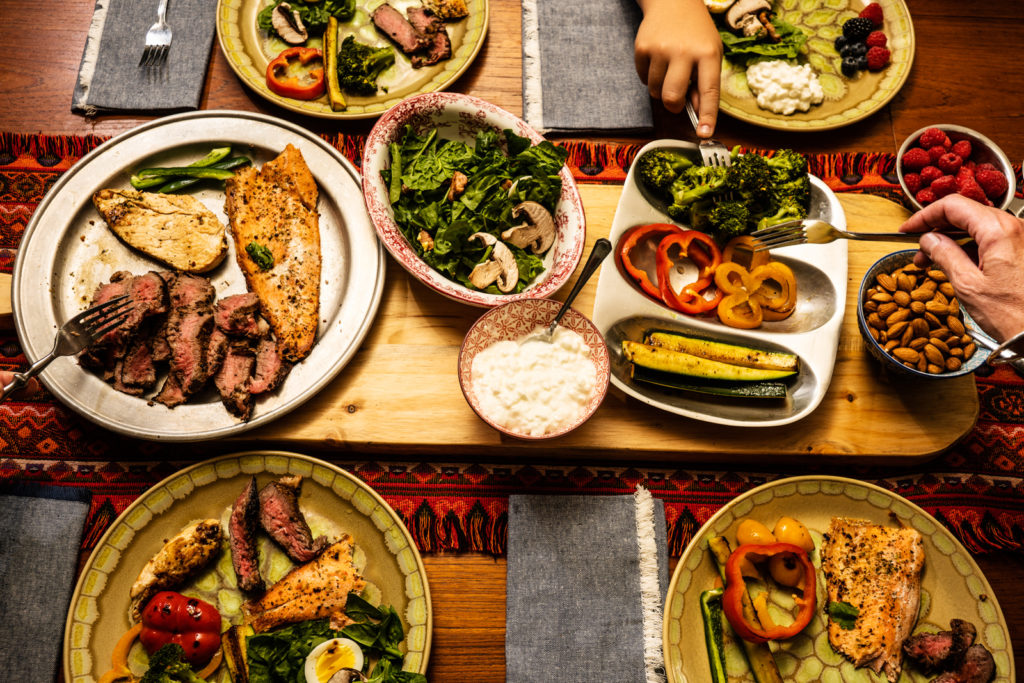
No, you’re not imagining it: Everyone and their mother is trying out the ketogenic diet, or “keto” these days. It’s a way to improve your body’s operating system, lose weight and increase both your physical and mental performance. There are plenty of success stories out there, so it’s no wonder that people are hopping on the bandwagon.
The premise of the diet is that, by eating a diet high in fat, low in carbs and with moderate amounts of protein, your body will go into “ketosis.” During this stage, your body burns fat for energy, leading to quick weight loss.
“Traveling is supposed to be fun and relaxed, therefore simplicity is key when it comes to staying keto on your trip,” said Lotte Damen, a low-carb registered dietitian from the Netherlands and the founder of Lots of Keto. “Stick to keto basics such as green veggies, avocados, cheese, nuts, fatty meats, fish, oils, eggs and butter, and find restaurants and food markets that offer local, yet relatively keto-friendly foods.”
Intermittent fasting
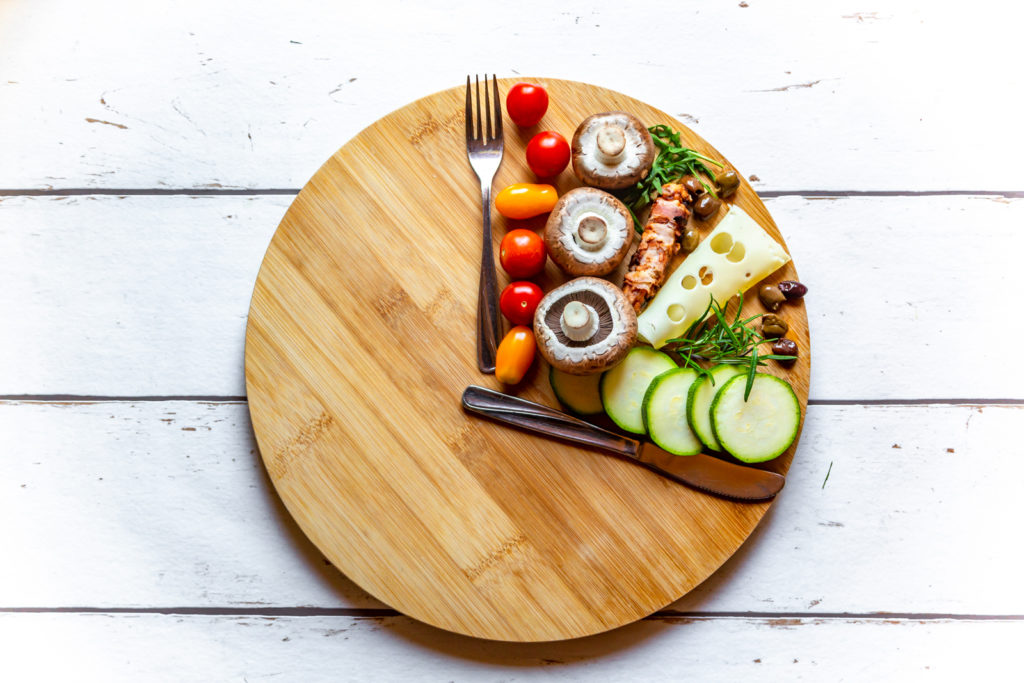
Intermittent fasting (IF) is another popular diet and nutrition strategy. In short, it’s an eating pattern that cycles between periods of eating and, well, fasting.
For example, you’re probably fasting already between your last meal at night and your first one the next day (hence the name breakfast). The time between these two meals is your fasting period. If you considered extending that time by a few hours — say, by skipping lunch the next day — you can extend your fasting time to 16 hours. That’s the magic number that’s considered optimal for intermittent fasting. You’d eat your meals during the remaining eight hours of the day.
As with keto, the benefits of intermittent fasting go far beyond fat loss. Many intermittent fasters report feeling sharper mentally at work since they don’t experience blood sugar spikes and crashes.
It also makes a lot of sense for traveling. After all, it’s not hard to simply skip the less-than-stellar plane meals and overpriced airport food. Intermittent fasting gives you flexibility to eat what you want, too, since you don’t have to find or pack certain foods. You can simply shift your eating window based on your travel schedule and stick to coffee, tea or water in the interim.
Related: Things you should do before, during and after flying to stay healthy
Paleo diet
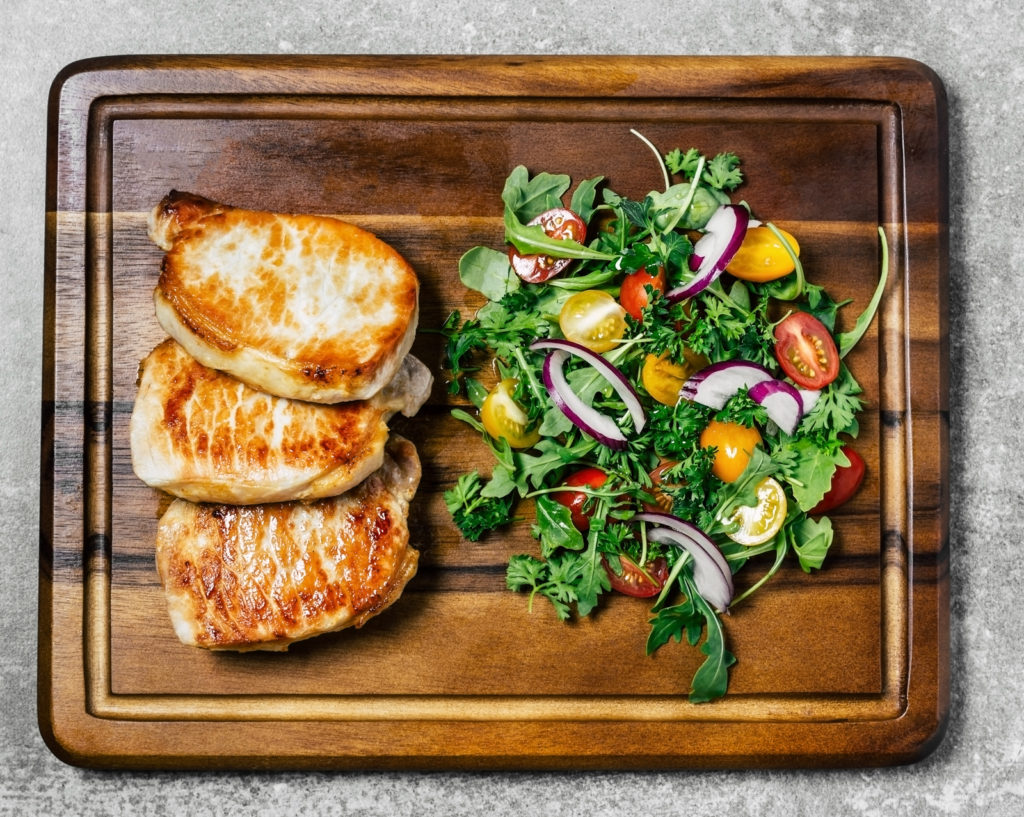
The Paleo diet takes a cue from our ancestors … our really old ancestors. Specifically, the ones who lived in the Paleolithic period. They only ate natural, unprocessed foods and the premise behind the diet is to do just that. Your body was designed to burn fats for energy, and the thought process here is that the abundance of carbs in the modern diet has sabotaged our bodies.
Meats, fish, eggs, vegetables, fruits, nuts and oils are the name of the game here. Like the keto diet, you’re aiming to avoid artificial and manmade foods such as bread, pasta and rice. Seems easy enough at home, but what about on the road?
“Preparation is truly the key to staying paleo while traveling,” said Ellen Jaworski, a certified health coach and the founder of Triple Peak Wellness. “Pack paleo snacks or food to get you to your destination, and then know what apps or guides you can use to find paleo-friendly cafes, restaurants and grocery stores. And if all else fails, don’t stress. Stress is bad for digestion.”
Paleo is one of the more travel-friendly diets. It’s not difficult to find meals high in fat and protein in most airports, hotels and restaurants. Often, you may end up ordering some eggs and bacon for breakfast at the hotel; a burger (without the bun) for lunch; and a chicken salad for dinner.
Just skip the pasta — sorry!
Related: Tips for eating healthy on airplanes
F-Factor diet
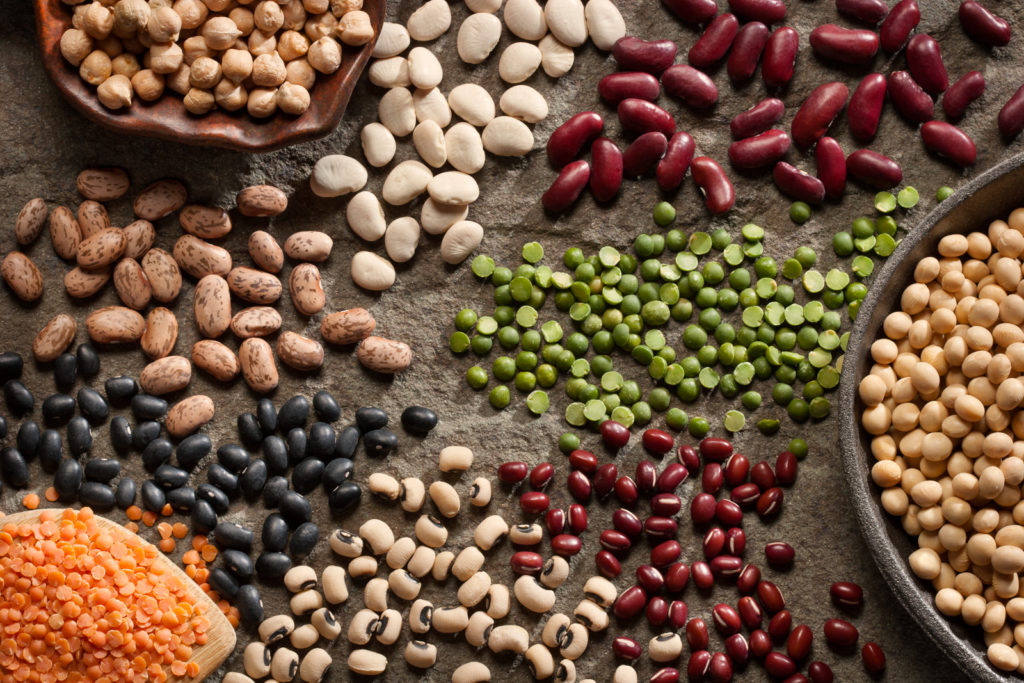
Unlike the paleo and ketogenic diets, the F-Factor diet promotes carbohydrates. In fact, instead of subtracting foods, it’s all about adding the right ones — all while making room for the foods you love. It’s more of a lifestyle that encourages sustainable weight loss and maintenance than a typical diet.
With F-Factor, you’re combining lean proteins (such as chicken and turkey) with high-fiber carbs to keep you feeling full throughout your day. Devoted followers of F-Factor love it for its flexibility that allows you to dine out and drink.
“When I travel, I always bring GG crackers and F-Factor 20/20 Fiber/Protein powder,” said Tanya Zuckerbrot, a registered dietitian and the founder of the F-Factor Diet. The aforementioned GG crackers are high fiber, low net carb “crackers” that can be paried with lean protein.
As Zuckerbrot explains, “Every morning, I pair the crackers with an egg white omelet and add the F-Factor 20/20 powder to my coffee, or use it to make a smoothie, so no matter what the day brings, I’m starting the day on track and feeling full.”
She said she’ll still rely on local foods while traveling, but — “on the off chance high fiber foods aren’t as readily available” — she packs her own.
“I wouldn’t leave home for two weeks without packing a toothbrush,” she said, “the same way I would never leave home without fiber.”
New to TPG? Check out our Beginner’s Guide.
Vegan
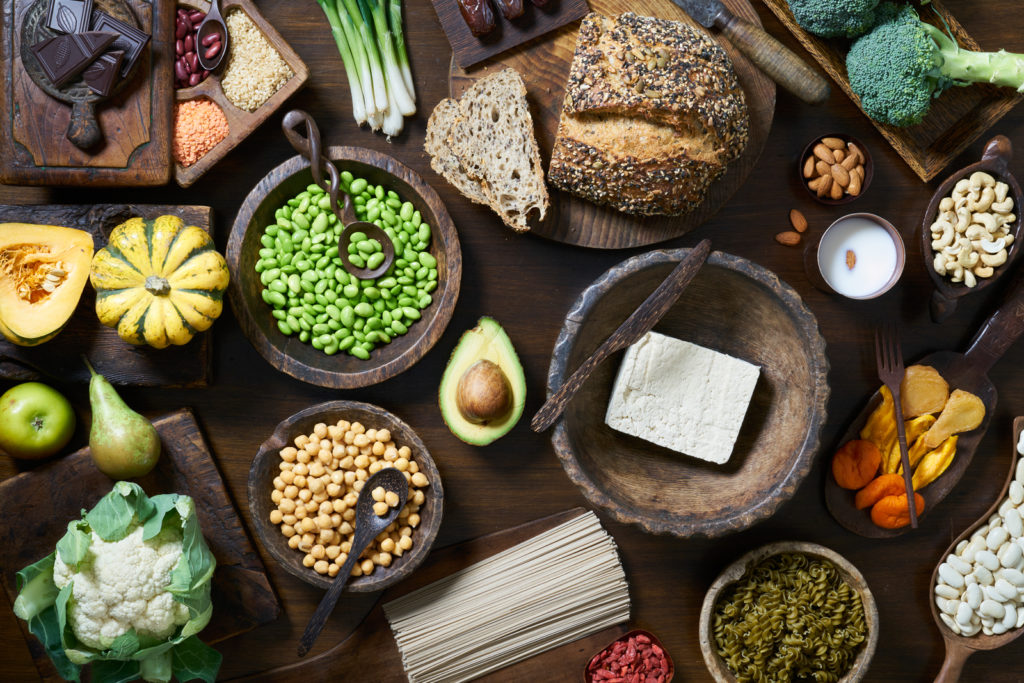
It goes without saying that being vegan is easier in some locations than others. Portland and Tel Aviv, for example, are certainly more vegan-friendly than Dallas (Texans love their barbecue and meat, after all) and Paris (the French put butter in everything).
But don’t book your travel based on what countries and cities are the most vegan-friendly. Just be prepared.
Finding a vegan restaurant or food market is as easy as downloading an app. HappyCow and PlantEaters have lists of vegan food options in multiple countries, complete with pictures and reviews. In short: They’re a vegan traveler’s best friend.
Of course, you can also pack your own snacks in your bag, or even choose a rental home or a hostel with a kitchen instead of a hotel. That will give you the flexibility to cook your own meals without relying on what you’re provided with.
Related: What options do US airlines offer for vegan passengers?
Bottom line
Sticking to your healthy lifestyle while traveling really comes down to perception and balance. Aiming for healthy and responsible food choices around 80% of the time will still allow you to enjoy yourself, all while honoring your intentions and keeping your body aligned with your chosen diet. Be prepared by packing snacks and scoping out food choices ahead of time so you can spend more time actually enjoying your trip.Featured photo by Alexander Spatari/Getty Images.
Orgiginal Source:
https://thepointsguy.com/guide/expert-tips-maintain-diet-during-travel/

















